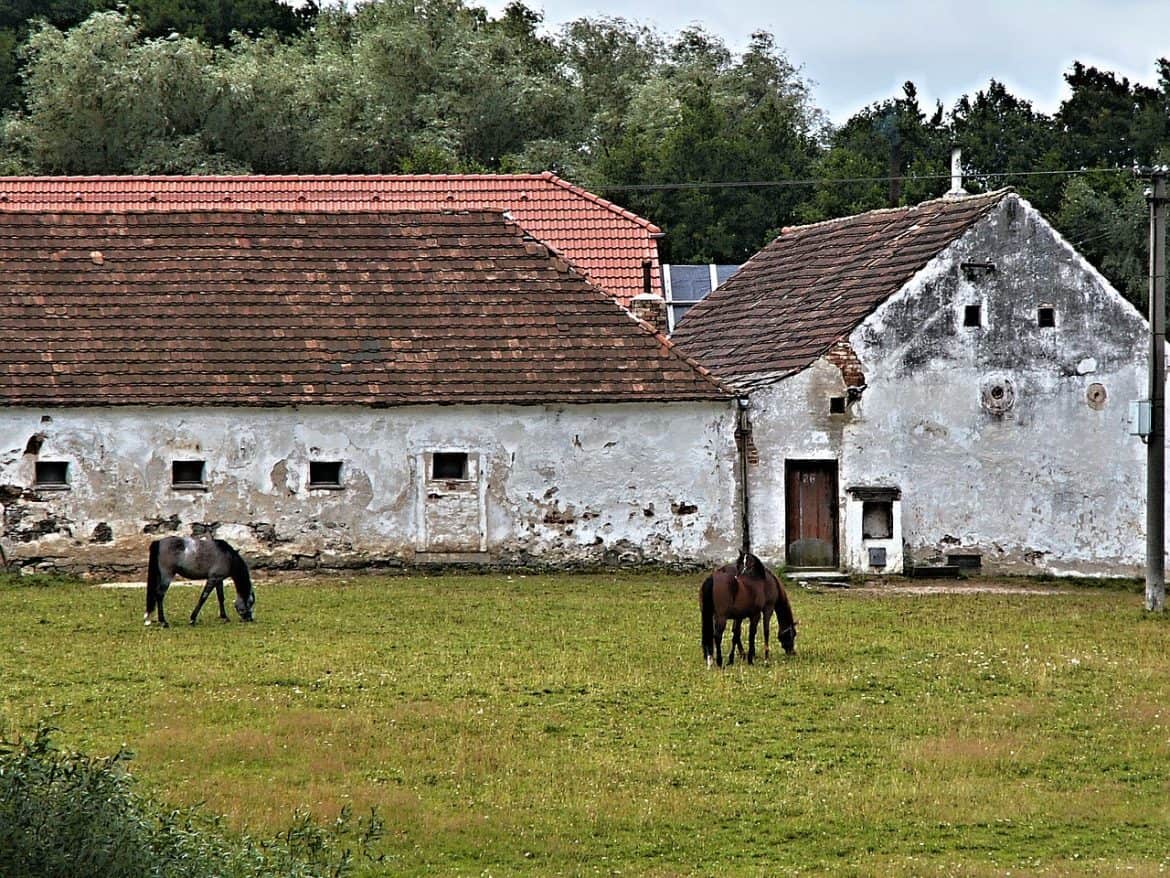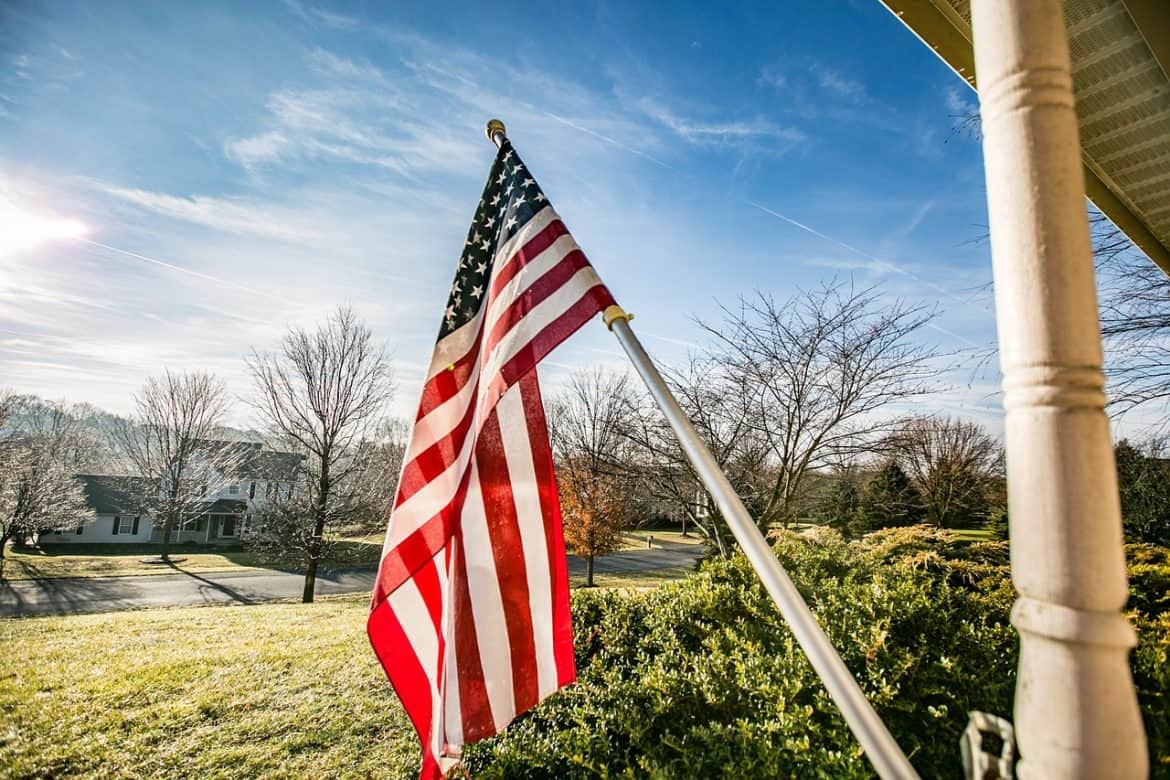Homesteading puts us in a constant state of learning new skills, especially in the early years. One thing you’ll want to become comfortable with as soon as possible is working with concrete, because there plenty of ways we can use concrete in homesteading. Concrete Is the Ultimate Building Material Composed of Portland cement, crushed rock and […]
Year: 2018
The More You Know the Less You Carry
https://www.youtube.com/watch?v=XxIUI401zuU I got my start with bushcraft as a child living on a state park. The man in the video above is Mors Kochanski who is a internationally known bushcrafter. He popularized the idea of the more you know the less you carry. I am sharing this video to explain a very important concept […]
How to Make a Cheap Frame Loom
Now that I have some homemade yarn I need to do something with it. I cannot knit. However, I have made a loom before, but it was small and not very useful. Today’s post is a much larger DIY frame loom. I enjoy using a drop spindle. Spinning is something I do that relaxes […]
Balancing Security vs. Liberty
Benjamin Franklin once said, “Anyone that gives up essential liberty for momentary safety deserve neither.” It is amazing how this once commonplace sentiment has changed over the years. In today’s America it is almost considered required to exchange liberty for safety. It is important to realize that neither option is a right, nor can it […]





